Tag: Urine
-

Rabbit versus IV
For small, fluffy, adorable creatures, rabbit care can actually be a huge challenge in the veterinary practice. They are seen to be more difficult and fragile than the standard cat or dog, and some of the veterinary team are unsure of the best protocol when handling and hospitalising. Rabbit anaesthetics and their recovery carry a…
-
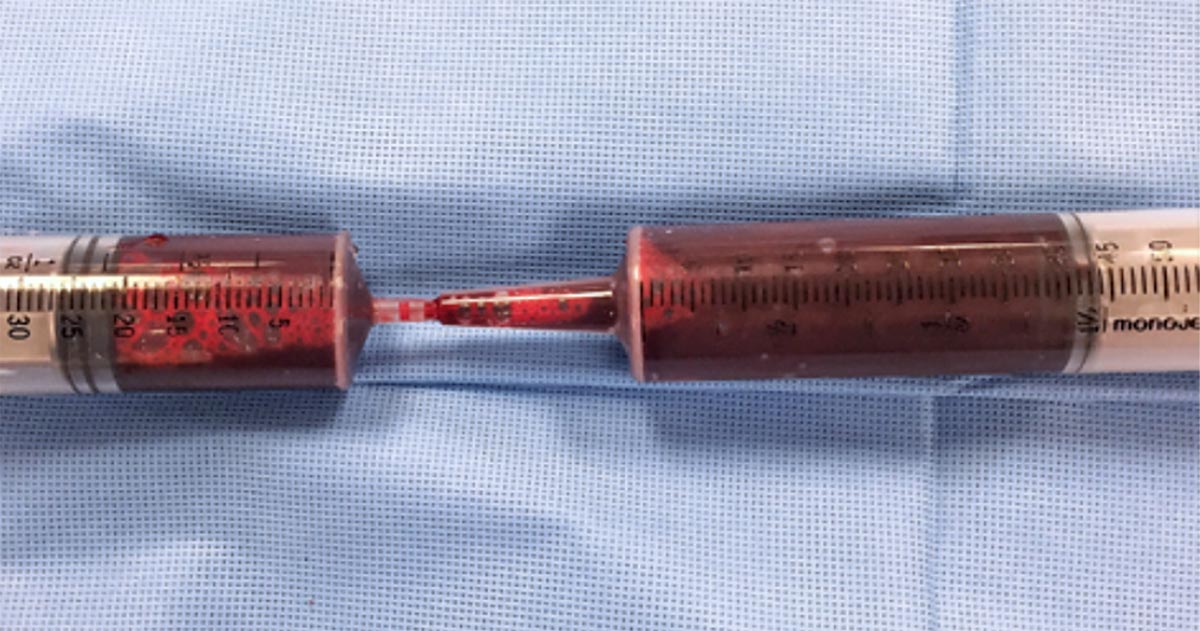
How to do an autotransfusion
—
by
You’re stuck in the clinic in the middle of the night with a dog that is dying – it’s bleeding into its abdomen and needs blood, but the bag in the fridge is expired. You’ve heard it’s possible to collect the blood out of the abdomen and safely give it to the patient, but you’re…
-
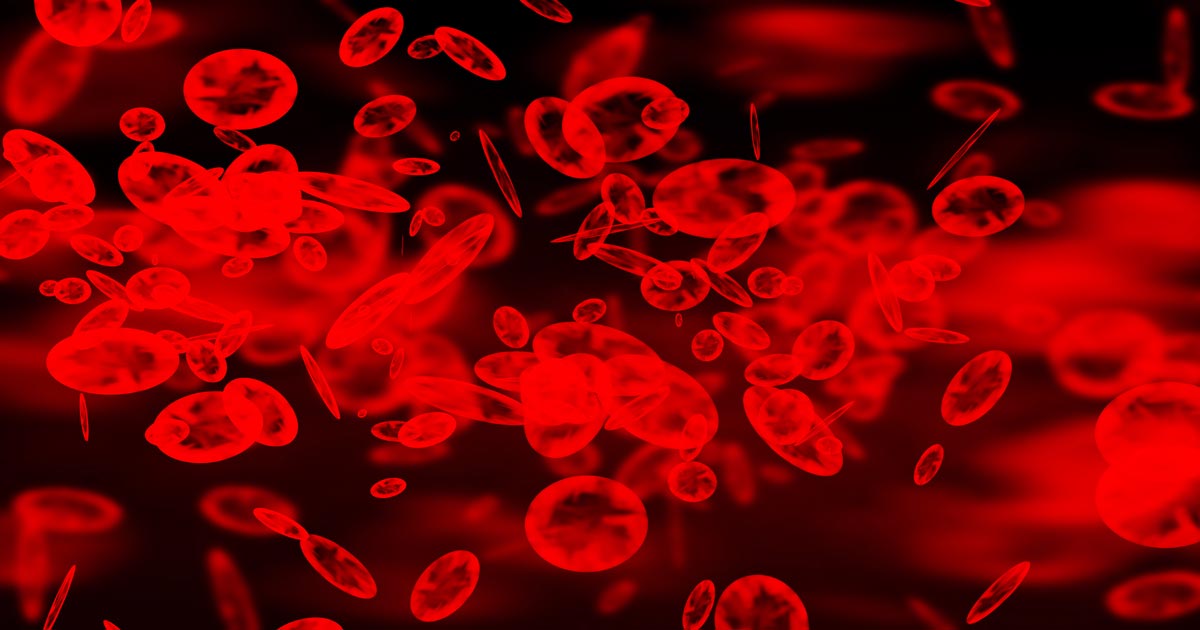
Managing thrombocytopenia in dogs and cats: part 1
—
by
Thrombocytopenia is a condition characterised by a decrease in platelet numbers, which is often caused by increased destruction of platelets or a decrease in production. Thrombocytopenia can manifest in many ways – the signs can be subtle and easily missed, such as small petechiae on gums, or quite obvious signs, such as large areas of…
-
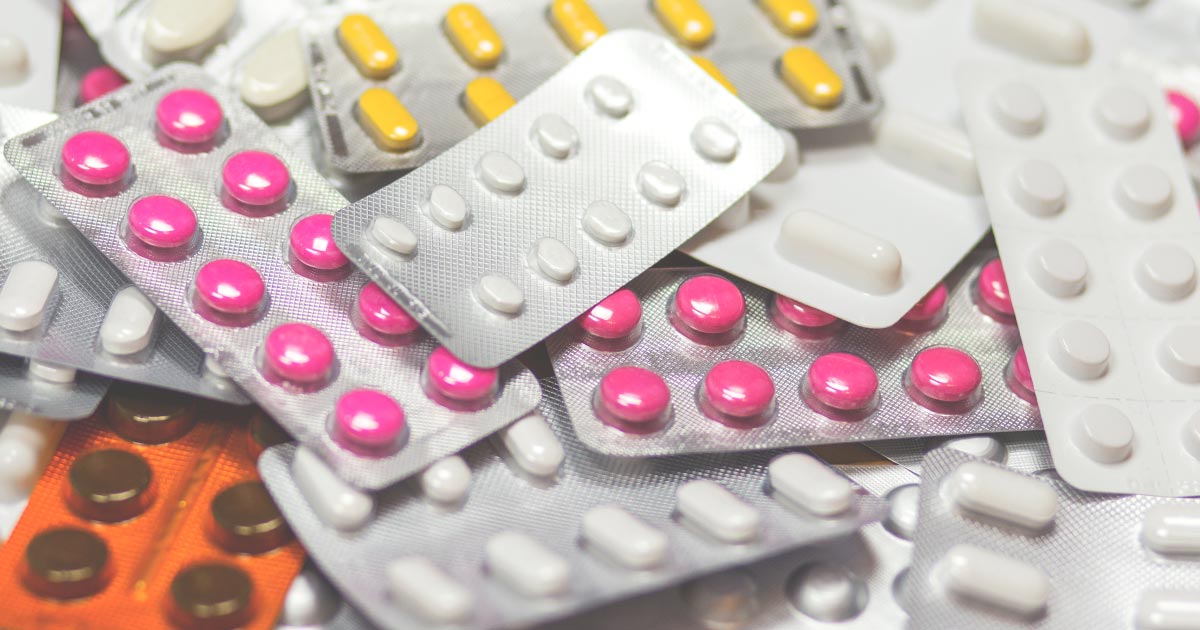
Systemic antibiotics – a brief guide for new grads
—
by
A lot of information is available regarding different antibiotics and, for the newest generation of vets, the pressure to use them correctly and responsibly is greater than ever. One of main challenges when you start clinical practice is knowing the most appropriate antibiotic for common presenting conditions. Below is a rough guide for antibiotic selection according to body…
-
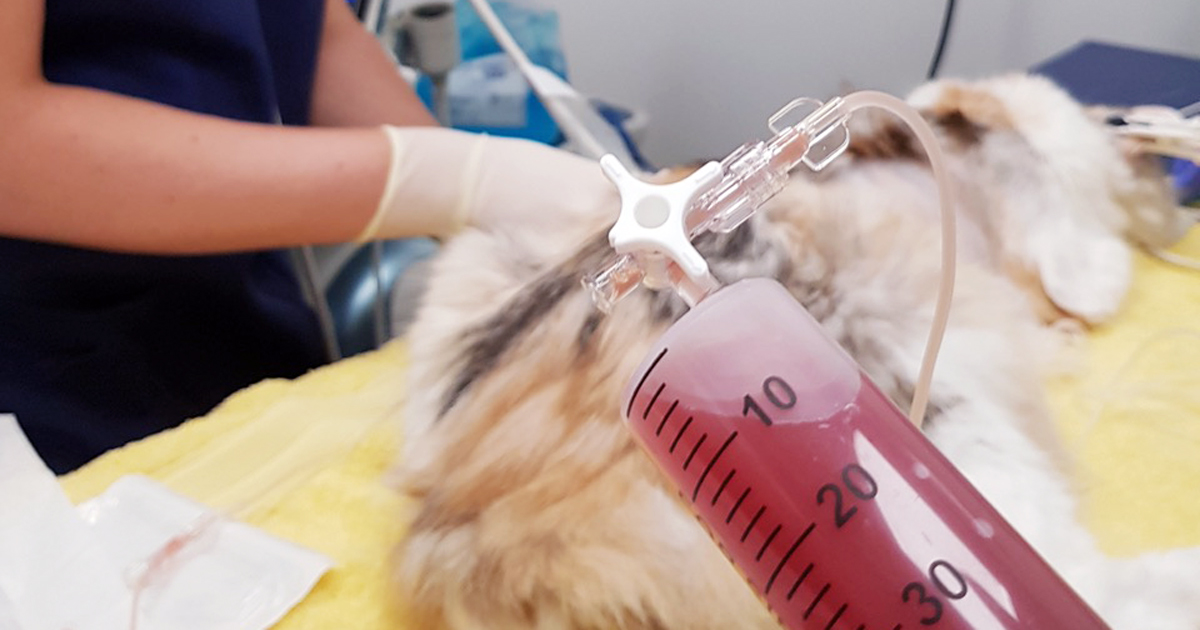
Thoracentesis, part 2: sample work
—
by
Last week we gave some hints and tips about how to perform a thoracocentesis. This week we look at what to do with the sample you collected and where to go to next. Looking at the sample is not enough, there are several things you need to do to make sure you are getting the…
-
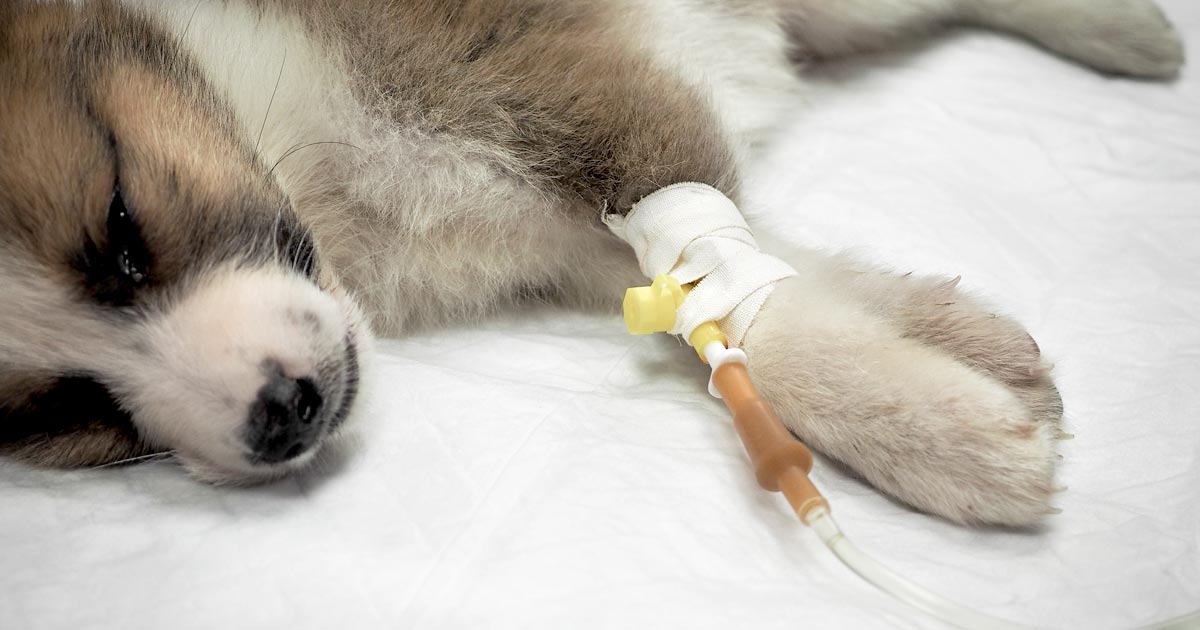
Hyponatraemia, pt 2: causes
—
by
The causes of hyponatraemia can be divided into three major categories, based on serum osmolality. This is further divided based on the patient’s volume status (Table 1). Most patients we see in clinic fall into the hypovolaemic category, except patients with diabetes mellitus. Table 1. Causes of hyponatraemia based on osmolality and volume status (from…
-

Systemic hypertension, part 3: treatment, monitoring and prognosis
—
by
Systemic hypertension, part 1 Systemic hypertension, part 2: clinical signs and diagnosis The ultimate goal of managing systemic hypertension (SH) is to prevent target organ damage. Depending on the patient’s risk category – based on their systolic and diastolic pressures – it will determine whether acute, emergency interventions or chronic, long-term management will be required.…
-
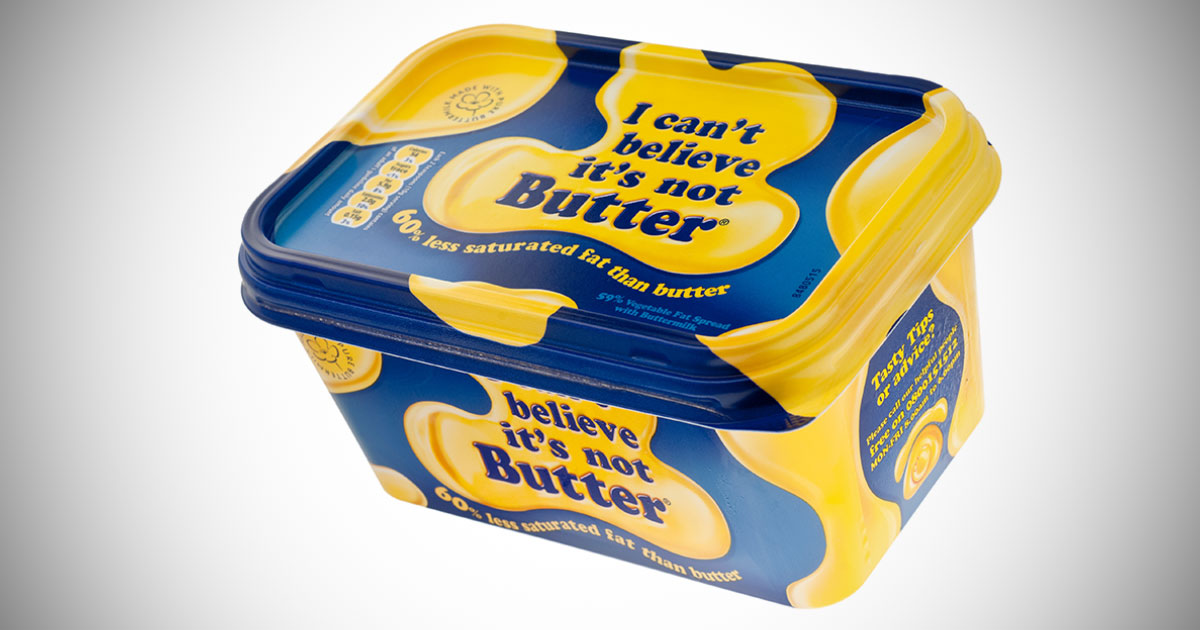
Urinalysis
—
by
I’m hoping we all survived the recent heatwave. Sadly, at the height of it, I was confined to my bedroom with a suspected kidney infection and a 38°C temperature. So, no lounging on the beach and swimming for me; more a case of lying in a darkened room and wondering, could you get a positive…
-
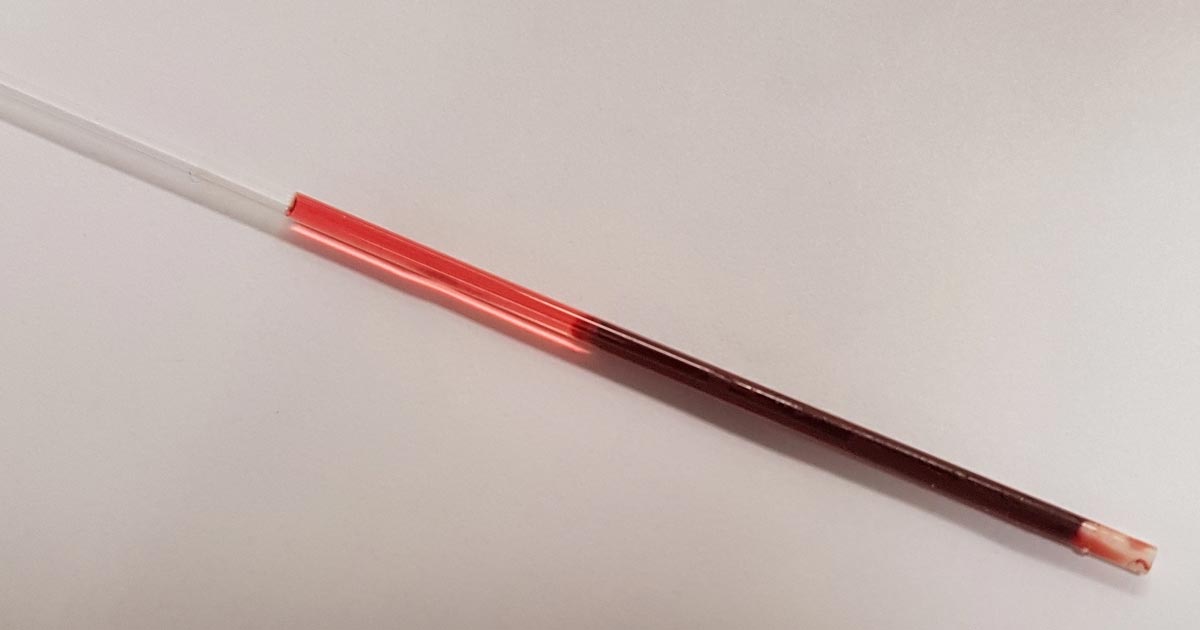
PCV/total solids interpretation: serum colour
—
by
When interpreting the often misinterpreted and underused PCV and total solids test, it is important to take note of the serum colour as this may give clues into the diagnosis. The most common abnormalities seen in clinic are icteric, haemolysed and lipaemic serum. Clear serum can also be of importance – especially when you interpret…
-
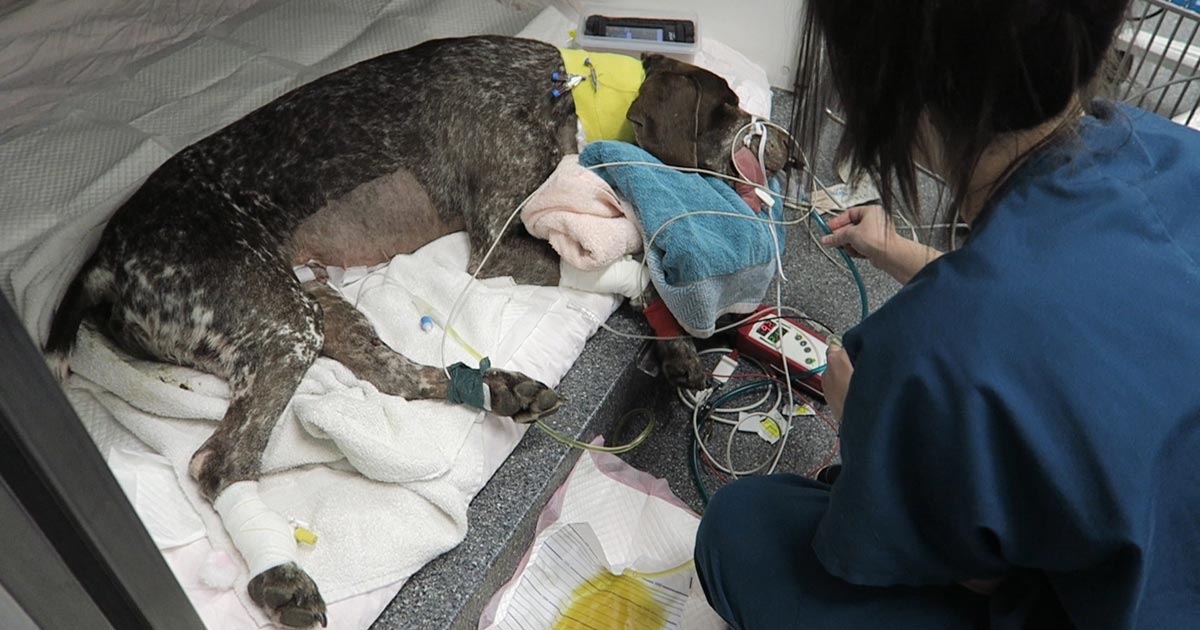
Focus on GDV, part 4: the recovery
—
by
Postoperatively, gastric dilatation-volvulus (GDV) patients remain in our intensive care unit for at least two to three days. Monitoring includes standard general physical examination parameters, invasive arterial blood pressures, ECG, urine output via urinary catheter and pain scoring. I repeat PCV/total protein, lactate, blood gas and activated clotting times (ACT) immediately postoperatively and then every…